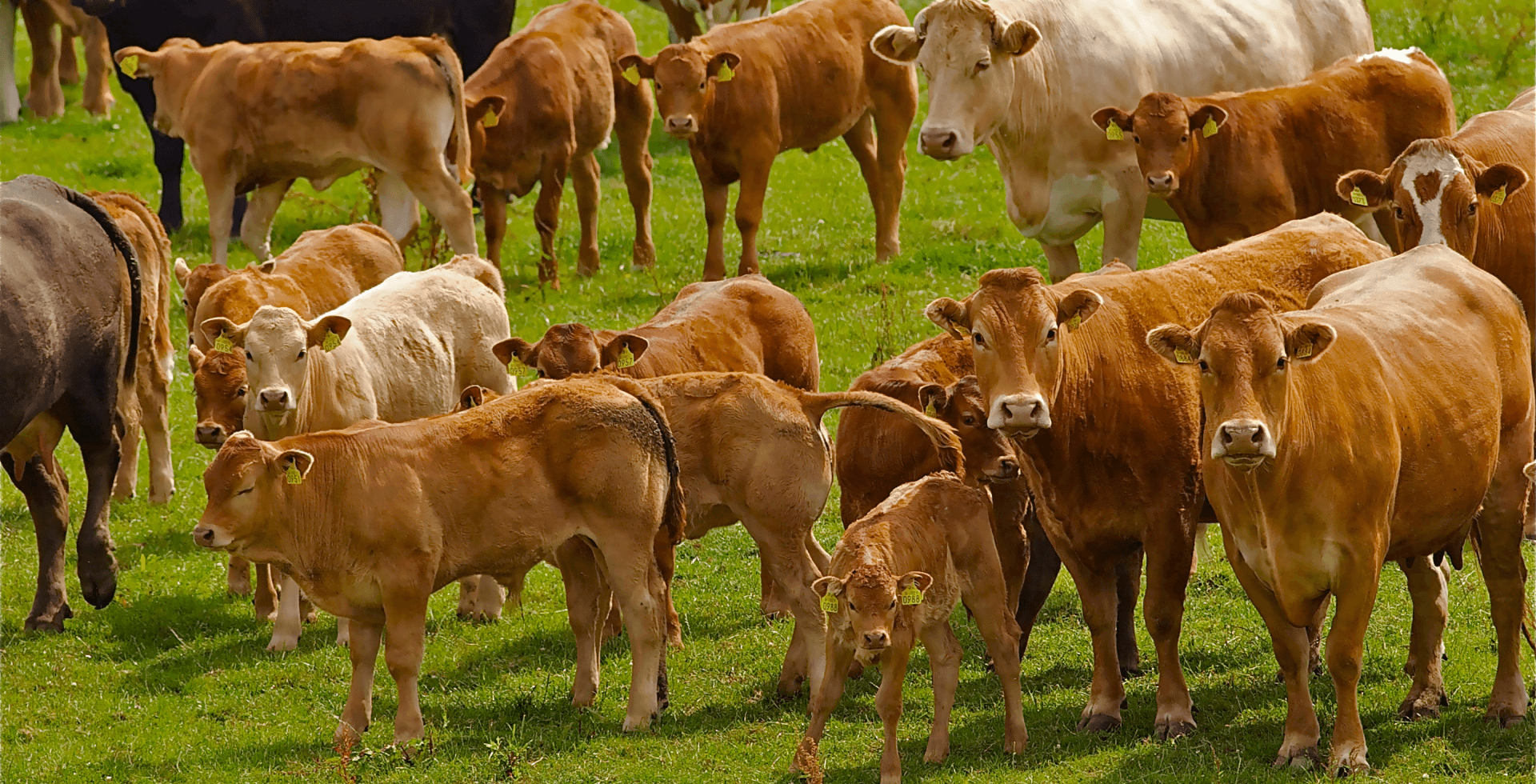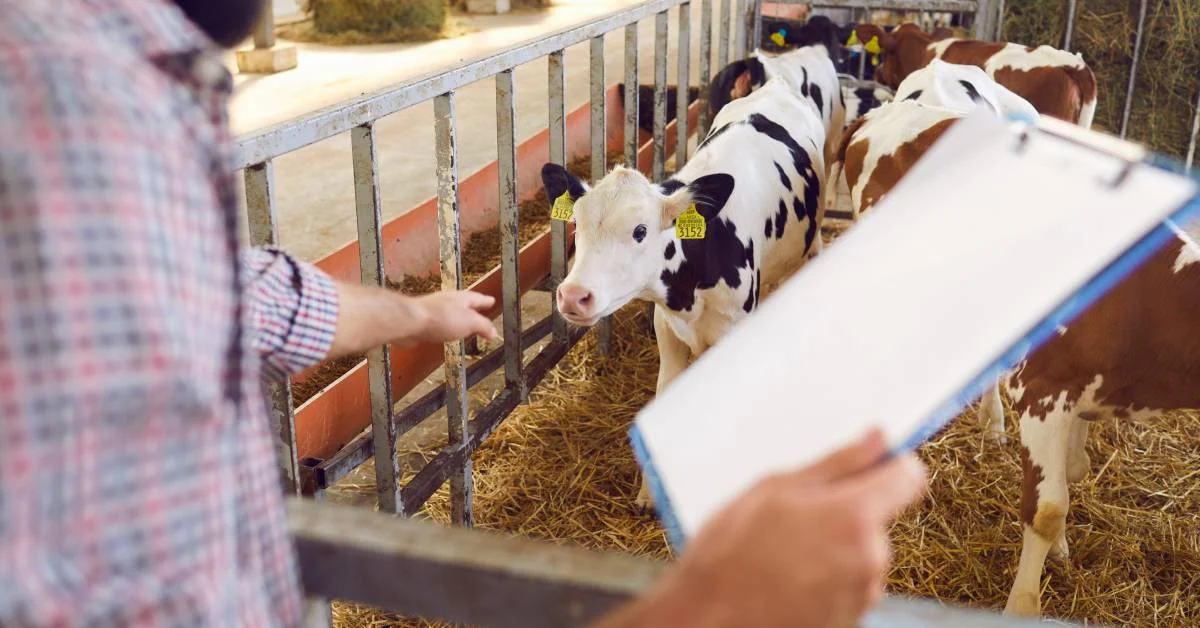With the ever-growing demand for high-quality meat and dairy products, implementing the best practices in livestock production has become more critical than ever.
To be successful in livestock breeding, it is essential to understand different techniques and strategies that can help enhance herd genetics, health, and productivity.
What are the best practices for livestock breeding?
There are several best practices for livestock breeding that farmers should consider to maximize their herd or flock’s productivity and health for sustainable agriculture.
Some of these are discussed below:
1. Understanding Genetics
Understanding genetics is highly essential for successful livestock breeding. Some key points to consider include the following:
- Analyzing desirable traits such as growth rate, milk production, and disease resistance
- Looking into how different generations may share the same traits
- Utilizing genetic testing to identify superior breeding stock
- Breeding for a specific trait can have trade-offs and may require balancing with other characteristics
- Keeping accurate records of breeding programs can aid in future decision-making
- Staying up-to-date with livestock breeding and genetics research and technology advancements can improve breeding programs and overall herd/flock health
Farmers can produce healthier and more profitable livestock by leveraging genetic knowledge and tools.
2. Selecting Breeding Stock
Selecting the right type of breeding stock is a critical aspect of successful livestock production. Let’s look into a few key factors to consider when selecting breeding stock:
- Choose animals with desirable traits such as high productivity, good health, and good temperament
- Look for animals that come from successful bloodlines or have a track record of producing superior offspring
- Conduct physical examinations to ensure the animals are healthy and free from genetic defects
- Consider the genetic diversity of the herd or flock to prevent inbreeding
- Make breeding decisions based on data-driven analyses of breeding outcomes rather than emotions or assumptions
3. Creating a Breeding Program
Creating a well-planned breeding program is a critical component of successful livestock breeding. Below are the best practices for livestock breeding:
- Set clear breeding goals based on your specific needs and market demands
- Utilize data and genetic testing to inform breeding decisions
- Implement breeding methods such as artificial insemination or embryo transfer to enhance genetic diversity and improve breeding outcomes
- Maintain accurate records of breeding outcomes, including genetic information and production data
- Continuously evaluate and adjust breeding goals and methods to ensure continued success
By following these best practices for livestock breeding, farmers can establish a breeding program that produces high-quality, healthy animals that meet their specific goals and market demands.
4. Breeding Techniques
Livestock breeding for sustainable agriculture includes breeding techniques that play a vital role in achieving successful livestock breeding outcomes. Some of these techniques are listed below:
- Implement selective breeding to produce desirable traits in offspring
- Utilize breeding technologies such as artificial insemination or embryo transfer to increase genetic diversity and improve breeding outcomes
- Consider cross breeding to introduce desirable traits from other breeds
- Maintain accurate records to track breeding outcomes and identify successful breeding stock
- Use livestock breeding software for data management and genetic testing to inform breeding decisions and optimize breeding programs
5. Nutrition and Health
Maintaining good nutrition and health is necessary and vital for successful livestock breeding and well-being. Therefore, a rancher must implement necessary practices to promise healthier livestock.
Some of these practices to consider are:
- Provide a balanced diet that meets the specific nutritional needs of each animal
- Ensure that animals have access to clean water and adequate shelter
- Practice disease prevention measures such as vaccinations and quarantine procedures
- Regularly monitor animal health and promptly address any issues that arise
- Work with a veterinarian to develop a comprehensive health management plan
6. Managing Reproduction
In order to manage reproduction, the following practices may be considered,
- Implement breeding management techniques such as estrus synchronization to increase breeding efficiency
- Monitor the reproductive cycles of females to ensure optimal timing of breeding
- Utilize technologies such as ultrasound to confirm pregnancy and identify reproductive issues
- Implement appropriate mating techniques to ensure successful fertilization
- Monitor pregnancy and provide proper care to ensure successful birth outcomes
7. Proper Record Keeping (Using Cattlytics)
Record-keeping, rightly done with Cattlytics, is an essential practice in livestock breeding. Here are a few reasons why:
- It helps track individual animal performance and monitor breeding outcomes
- It provides valuable information for genetic selection and breeding program development
- It enables farmers to make data-driven decisions and improve breeding outcomes
- It helps to manage herd health and identify potential disease outbreaks
- It provides essential information for marketing and business planning
Conclusion
Implementing best practices in livestock breeding is essential for achieving better results. Each step is critical in producing healthy and productive livestock, from understanding genetics to managing reproduction and implementing biosecurity measures. By prioritizing record-keeping and utilizing technologies like Cattlytics app, farmers can make informed decisions and optimize their breeding programs for success. Farmers can produce high-quality animals that meet their specific needs and market demands with careful planning and attention to detail.
Q1: What are the best livestock breeding practices?
Livestock breeding best practices include understanding genetics, selecting breeding stock, creating a breeding program, managing reproduction, ensuring biosecurity measures, regularly assessing and culling, and maintaining proper nutrition and health.
Q2: How do I select the best breeding stock for my livestock?
To select the best breeding stock for your livestock, consider genetics, physical traits, health, and production history, and prioritize animals that meet your specific breeding goals.
Q3: What are the factors to consider while evaluating the genetic quality of breeding stock?
When evaluating the genetic quality of breeding stock, consider factors such as pedigree, performance records, physical traits, and heritability of desired characteristics.
Q4: How do I manage breeding in my livestock for optimal results?
To manage breeding in your livestock production for optimal results, implement breeding management techniques, monitor reproductive cycles, utilize appropriate mating techniques, and provide proper care during pregnancy and birth.








